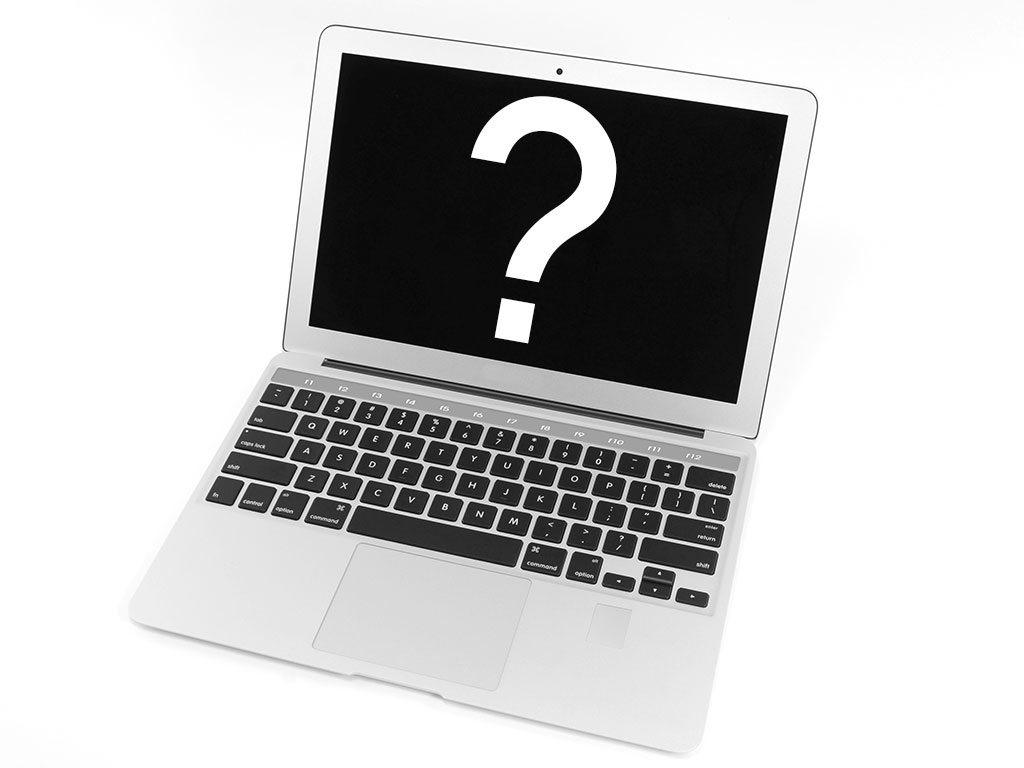Before indulging into the latest rumors in regard to Apple’s next generation MacBook, by which we mean “next” generation, and not a simple upgraded version of its last MacBook and MacBook Pro redesign, let’s answer the big question for those who have not been in the loop of what Intel has been up to: “What’s the deal with Kaby Lake processors?”.

It feels as if it were only yesterday that 6th generation Intel Core CPUs made their appearance in laptops and tablet PCs. Compared to 5th generations CPUs, Skylake is considerably faster, and offers visible advantages that include improved battery life, better support for 4K video, and better memory management, among other aspects of the consumer version of this advanced CPU. With that said, Intel has been busy developing its next step in the evolution of its CPU: Kaby Lake.
Kaby Lake represents the 7th generation of Intel Core CPUs, which brings native support for USB Type-C ports, 3D graphics, and 4K video playback, all of which lack in Skylake CPUs, as well as HDCP, a form of hardware-based digital copy protection which prevents the illegal duplication and playback of video streams traveling via DisplayPort, HDMI, DVI, and even defunct protocols such as Gigabit Video Interface, and Unified Display Interface.
Who has it, and who’s next?
The latest rumors from this year’s Computex, point to the latest Asus 2-in-1 Windows 10 PCs, namely the recently announced Transformer 3 product line, as one of the first to be powered by Kaby Lake CPUs. With that said, there are strong indicators pointing towards Apple’s next generation of MacBook laptops as well.
One big clue is that Apple has been taking its time releasing new MacBooks since last year’s launch of its shockingly thin 12 inch MacBook Clue number two points to the fact that the MacBook Air remains the only MacBook sans-Retina display, and some believe it will remain so, as Apple prepares to consolidate its MacBook brand down to two main lines: The MacBook and the MacBook Pro, both based, ever so loosely, on the design of the 12 inch MacBook Retina.
The next radical redesign of the Apple MacBook and MacBook Pro, is likely to feature a special display, replacing the top row of function keys on the keyboard, which is expected to provide different types of feedback depending on the application in use.
Apple may very well be planning a big MacBook announcement, optimistically by the second half of 2016, with word that Kaby Lake will power both brand new lines. This may just coincide with this year’s Apple Worldwide Developers Conference, which is set to start June 13 in San Francisco, however it’s unlikely that Apple will unveil a brand new line so soon. By this token, it’s possible that a proper keynote will follow, perhaps at around August or September.